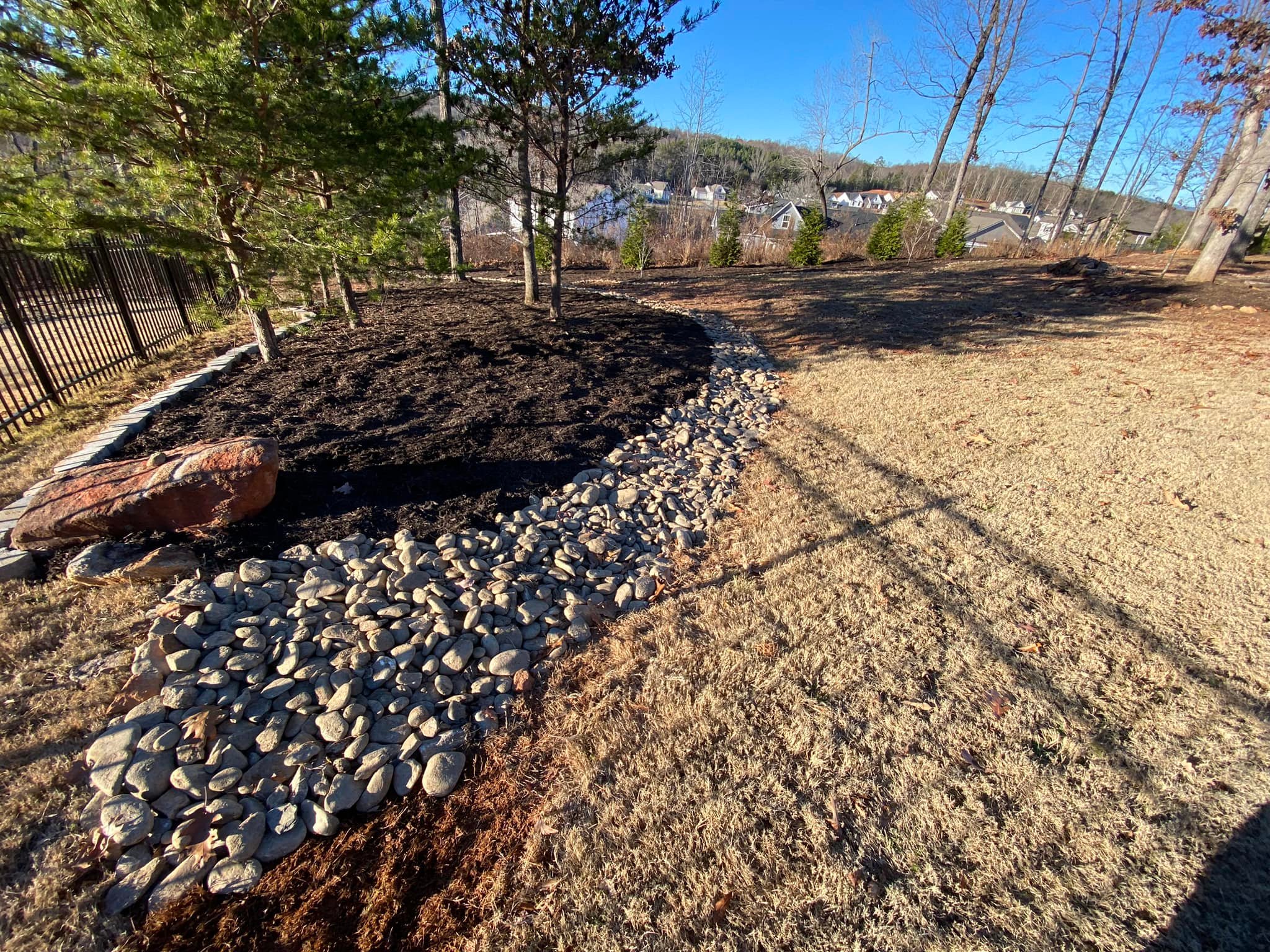
Eco-Friendly Landscaping: Sustainable Practices for a Greener Home Oct 19, 2025
Eco-friendly landscaping begins with understanding the natural aspects of your property. Assessing the native vegetation, soil composition, and climate conditions of your area can provide valuable insights into what plants will thrive in your landscape with minimal resources. Native plants are naturally adapted to the local environment, meaning they require less water, fertilizer, and pest control, ultimately reducing the carbon footprint associated with maintaining your yard. By prioritizing these plant species, you can create a landscape that is both beautiful and resilient.
Water conservation is another crucial element of sustainable landscaping. Installing a rainwater harvesting system, such as a rain barrel, can significantly reduce your reliance on municipal water supplies. This system collects and stores rainwater from your roof, which you can then use to irrigate your garden. Drip irrigation systems are also highly effective in delivering water directly to the plant roots, minimizing evaporation and conserving water. For added efficiency, ensure irrigation systems are equipped with timers to water plants during cooler parts of the day.
Soil health plays a vital role in sustainable landscapes. Healthy soils support robust plant growth, which in turn reduces the need for chemical fertilizers. Organic mulches, such as wood chips or straw, can be used to retain soil moisture, suppress weeds, and enhance soil quality over time as they decompose. Composting is another excellent practice, allowing you to turn kitchen scraps and yard waste into nutrient-rich soil amendments that promote vigorous plant growth.
Sustainable hardscaping incorporates permeable materials to reduce runoff and improve rainwater absorption. Options like gravel, permeable concrete, or interlocking pavers can effectively channel water into the ground rather than overwhelming storm drains. These materials not only contribute to ecological health but also add texture and visual interest to your landscaping design.
Furthermore, reducing the use of lawn space by incorporating alternative groundcovers, such as clover or creeping thyme, can diminish water usage and maintenance requirements. Lawns typically need regular mowing, watering, and fertilization, but these alternatives offer low-maintenance solutions that support local biodiversity by providing habitats for pollinators like bees and butterflies.
Sustainable landscaping also emphasizes energy efficiency. Strategically planting trees can provide natural shade for your home, lowering cooling costs in hot weather. Trees also improve air quality and provide habitats for wildlife, making them a valuable component of any eco-friendly landscape.
In conclusion, adopting eco-friendly landscaping practices helps you create a greener, more sustainable home environment. Whether through water conservation, soil health improvements, or thoughtfully selected plantings, these strategies not only benefit the environment but also reduce maintenance costs and enhance the beauty of your outdoor space. At Down To Earth Tree and Landscaping, we're committed to guiding our clients toward more sustainable landscaping choices that reflect their values and beautify their surroundings. Contact us to start transforming your home’s landscape into an eco-friendly oasis today.
/filters:no_upscale()/media/c019ed5f-7c54-43ab-8d36-eb900bfbd7a4.jpeg)
/filters:no_upscale()/filters:format(webp)/media/db44ef6b-16d1-45c9-9da8-203451673c1c.jpeg)